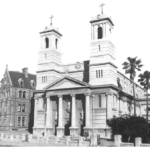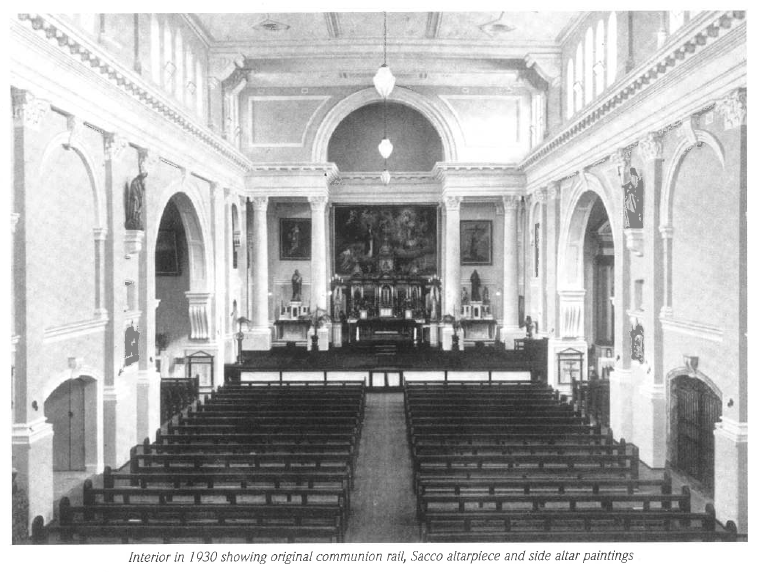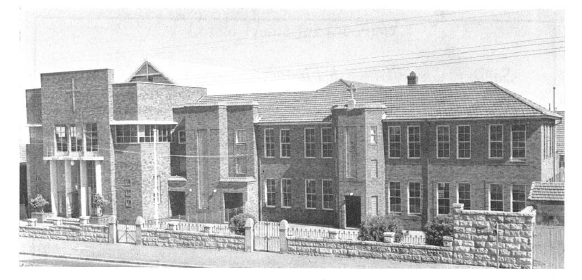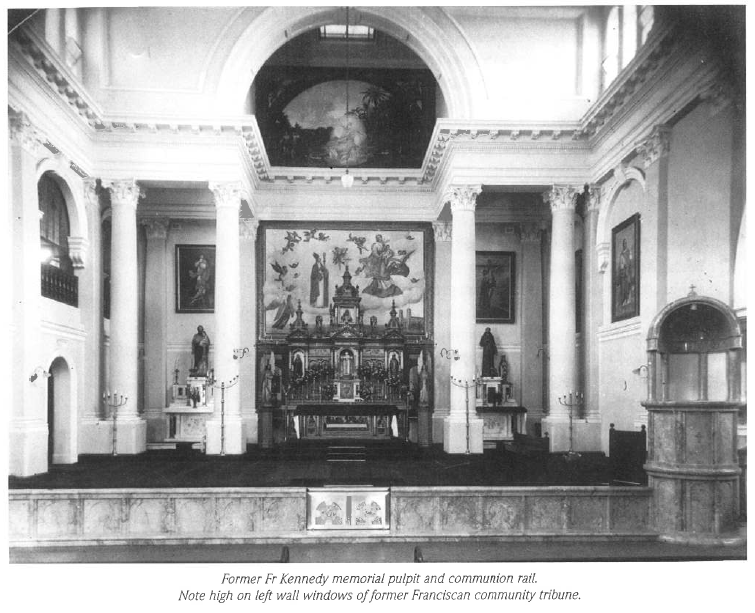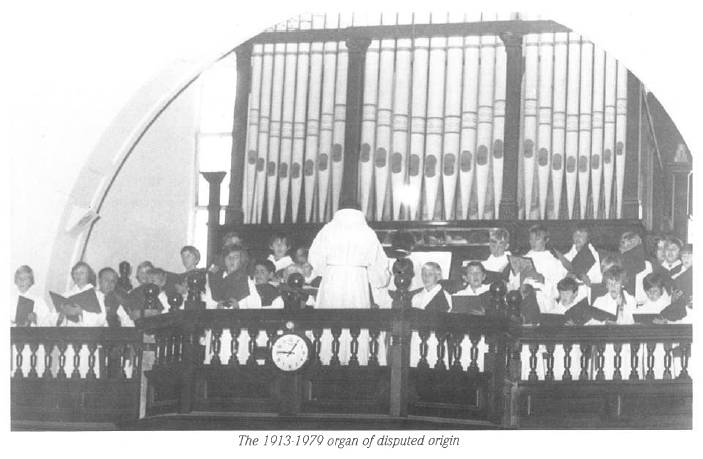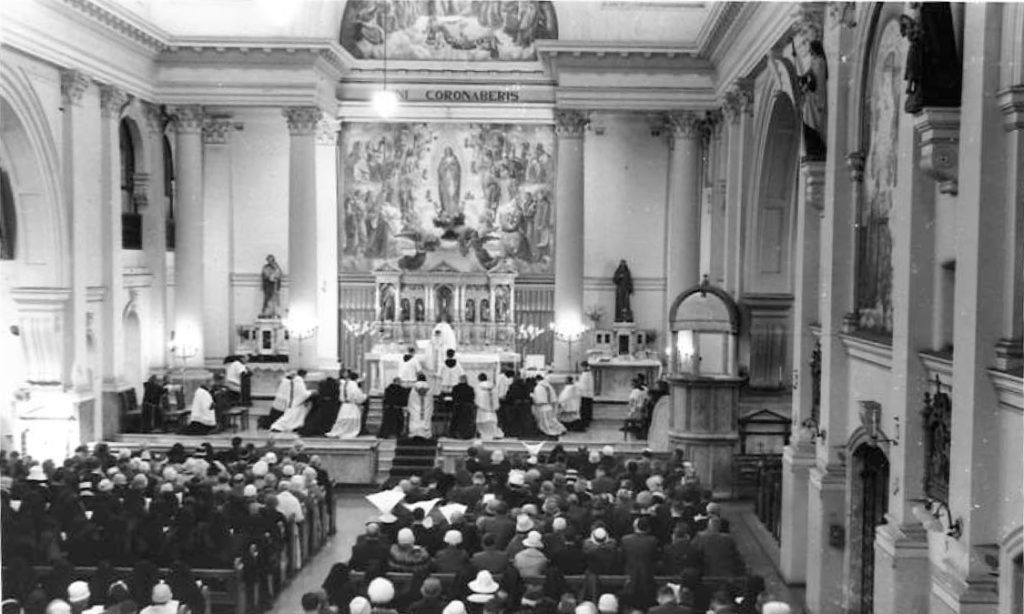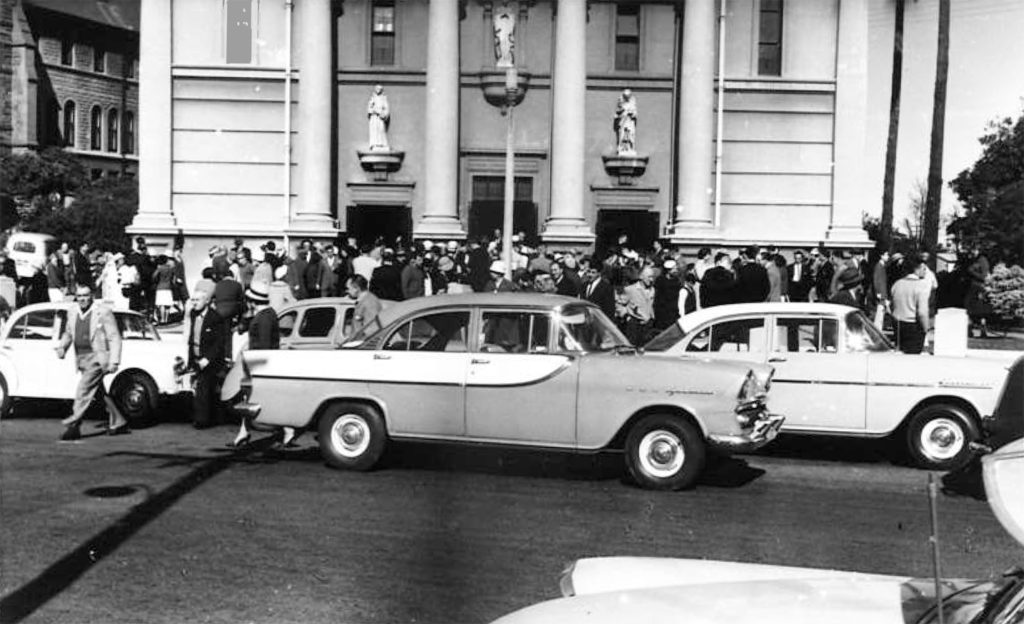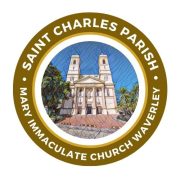History of the Church of Mary Immaculate
Mary Immaculate Church at Waverley in NSW is the mother-church in Australia of the Franciscan Order of Friars Minor. It also fulfils the function of parish church in the Catholic parish of Saint Charles Borromeo in the archdiocese of Sydney.
It is the fourth physical building to serve as the Catholic pastoral centre of Waverley. The first of these, a small wooden chapel-cum-schoolroom dating from 1854 in Carrington Road, was served as a chapel of ease by the Benedictine priests from Sacred Heart Church in Darlinghurst. The population growth in what formerly had been a sparsely settled area was such that in 1865 Waverley was constituted a parish with Saint Charles Borromeo as patron and the Cistercian Fr Norbert Woolfrey as first parish priest.
In 1866 the wooden building was replaced within the same site by a much larger stone church in an elegant gothic style. Fr Norbert had been succeeded as parish priest in 1871 by Fr Joseph M. Garavel who had gone to New Zealand from France as a young deacon in 1850. In the mid-1860s Fr Garavel came to Sydney for a holiday and eventually by an arrangement between Archbishop Polding in Sydney and Bishop Pompallier in Auckland he remained permanently in Australia. Fr Garavel remained as Waverley’s pastor until June 1879. In 1879 by a covenant with Sydney Archbishop Roger Bede Vaughan osb, the Franciscans of the Ireland Saint Patrick Province established a canonical foundation at Waverley and assumed the pastoral care of all that territory from Watsons Bay at the Harbour entrance down south to Botany Bay and west as far as Paddington. In effect this territory covered the entire present Eastern Suburbs of Sydney. Although previously to this a number of Franciscan friars, including Fr Bonaventure Patrick Geoghegan the founder of the Catholic Church in the State of Victoria, had ministered as individual missionaries in Australia, this was the first canonically established community of friars within this country. This covenant carried with it the traditional right to build a Friary church. On Sunday,7 June 1879, in the persons of Frs Peter (James) Hanrahan and Augustine (Martin) Holohan the Franciscan friars were formally inducted into the pastoral care of Waverley by Archbishop Vaughan. The need for an ever larger church kept growing.
In January 1903 the existing gothic structure and the newly built more commodious red brick school built beside it and opened in the previous August switched purposes. The school became Saint Charles church-hall and the church, with structural adaptions, became the parish school. But the inexorable population march continued. On 31 August 1913 Archbishop Michael Kelly dedicated the present, and fourth, Catholic church in Waverley. Since there was now insufficient building room on the original church site in Carrington Road, the opportunity was taken to build the Friary church which had been part of the Franciscan vision since the friars’ arrival in 1879. It rose, a stone’s throw away, alongside the Friary in Victoria Street one of the three intersecting roads which gives Charing Cross its name. As the Friary church, its patron is Mary Immaculate patroness of the Franciscan Order, but that of the parish would appear still to be Saint Charles. At least there is no available evidence that there was ever any approved change made regarding the parochial patron.
In style Mary Immaculate church is a Romanesque Renaissance single-naved basilica with east and west transepts. Very early in the history of the Franciscan Order this became in Europe a traditional architecture for its churches because of its direct sight lines to both altar and pulpit. At Mary Immaculate’s 1913 opening it was still without its designed facade of twin towers, narthex and pillared portico, all of which were added in 1929-1930.
Internally the church’s most striking feature is the seven great paintings depicting the Franciscan Crown (or Rosary) of the Seven Joys of Our Lady Mary. These, the work of Italian artist and art Professor Cesare Vagarini, fill the three arched bays of the nave and the blind rear wall of the sanctuary.
Mary Immaculate possesses a particularly fine organ installed in 1979 to commemorate the centenary of the Franciscan Friars in Waverley.
John E.Keane ofm 29 April 1997
Franciscan Friars
http://www.franciscans.org.au
Sisters of St Clare
http://www.newadvent.org/cathen/12251b.htm
